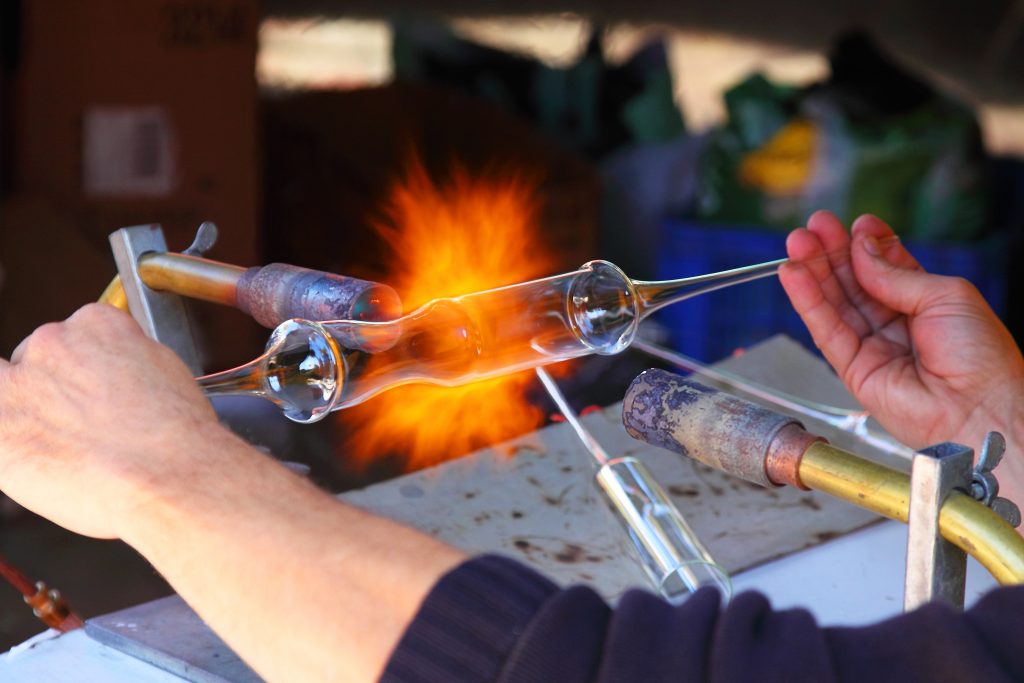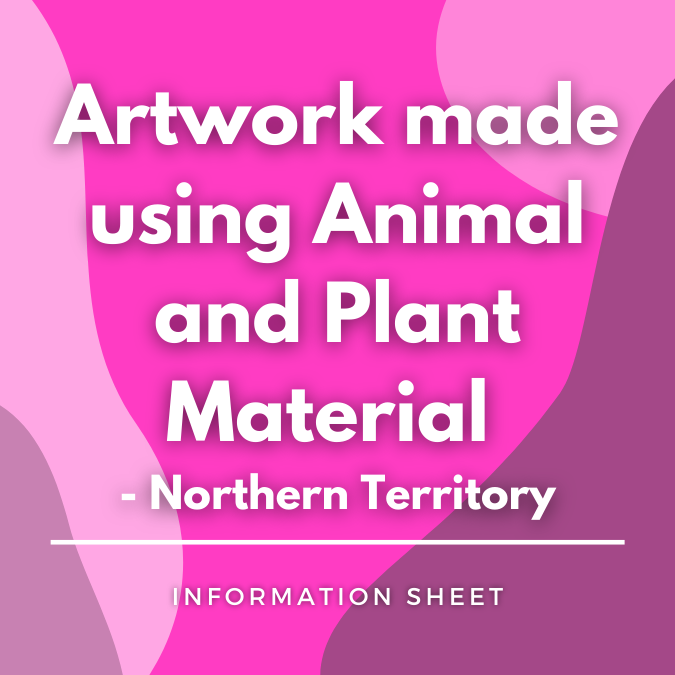2020 FUSE Glass Prize

Arts Law regularly reviews the terms and conditions of competitions and rates them out of five stars. Our review looks broadly at the terms and conditions of a competition. In particular, we look closely at how a competition deals with an entrant’s copyright and moral rights, and consider this in light of the prize. Entrants should always take into account the possible profile-raising which may result from being a finalist or winner.
By accepting the terms and conditions of a competition, entrants should be aware that they may be entering a legally binding contract.
For more information, see our free information sheet on competition conditions. Artists are welcome to contact Arts Law for legal advice on the terms of a competition. We also invite competition organisers to contact Arts Law for best practice assistance to make their terms and conditions fairer for artists.
Please note: Prior to February 2018, Arts Law’s rated out of five stars only the terms of a competition which dealt with copyright and moral rights (using our previous rating systems https://www.artslaw.com.au/advocacy/prizes-and-competitions). Arts Law’s competition reviews are now more holistic, such that our rating out of five stars now reflects a broad review of all the terms and conditions of the competition.
Review
This month, Arts Law has reviewed the terms and conditions of the 2020 FUSE Glass Prize. This is a non-acquisitive biennial prize conducted by Adelaide-based JamFactory, a not-for-profit organisation that champions the value of craft and design in daily life. The competition deadline is 20 March 2020.
Read the terms and conditions of this prize here.
Arts Law has rated this competition 5 out of 5 stars.

Arts Law made suggestions to JamFactory to make this prize’s terms and conditions more artist friendly, and we are delighted that they took on board our suggestions.
Entries are open to residents of Australia and New Zealand (including temporary residents), over the age of 18 years. The entry must be predominantly glass but may incorporate other materials. Submission is by way of a photograph of the work.
The aim of the prize, as stated on its website, is to provide ‘a platform for artists to push themselves and their work to new limits and focuses public attention on the importance of glass as a medium for contemporary artistic expression, the outstanding public collections in the region, and the globally connected art glass ecosystem.’
Finalists will be chosen and their work will be exhibited at JamFactory’s galleries in Adelaide and the Barossa Valley, as well as the Australian Design Centre in Sydney. (Finalists have the responsibility to transport their work to Adelaide for the exhibition.) It is important to note that the works will be available for sale to the public during these exhibitions. Works will be consigned to JamFactory from the date of delivery until their return to, or collection by, the artists, unless the work is sold.
There are two prizes. The first prize, the FUSE Glass Prize, is $20,000 cash. Then there is the David Henshall Emerging Artist Prize which consists of $2,500 cash plus a professional development residency within JamFactory to the value of AU$2,500. (Emerging artist is defined as an artist who has completed tertiary study or formal training within the last five years.)
Copyright
Congratulations to JamFactory for excellent copyright terms. They reflect a respectful and fair treatment of artists and their rights.
So how do the terms deal with copyright?
Firstly, it is excellent that all entrants retain their copyright, including the winner and the finalists. Secondly, only the winner and the finalists (and not all entrants) are required to grant a copyright licence to JamFactory to reproduce copies of their works. That is good. It is a non-exclusive licence which is what we like to see because it means these artists are free to grant licences to others. Further, it is great that the licence is limited in scope in that the reproductions of works must be for non-commercial purposes for promotion of the prize and exhibition only. It’s fair and sensible that JamFactory can make copies for these limited purposes.
This copyright licence lasts two years, which is reasonable. The licence also grants JamFactory the right to sub-licence the works to touring venues under the same terms, which reflects best practice.
Moral rights
Under the law, a creator has moral rights including the right to be credited for their work and for their work to be used in a way that doesn’t affect the author’s integrity (that is, no changes to the work which affects their reputation).
We are pleased to see JamFactory making positive acknowledgments to:
- attribute artists in exhibitions, and whenever their work is displayed or used;
- not make any changes to an artwork without first obtaining the artist’s written permission; and
- not alter, modify or destroy an artwork nor do anything which might compromise the integrity of an artwork.
What else?
Regarding insurance, finalists have responsibility to insure their works during transport to Adelaide for the exhibition. It’s great to see that the organiser will maintain insurance for the works for the period of the loan, including during the transport of the works to and from the touring galleries. Unsold works will be returned to the artists at JamFactory’s expense and covered by JamFactory’s insurance – except for artists located in Adelaide whose unsold works will be available for collection at JamFactory.
The work of the finalists will be available for sale when on exhibition and it is good to see that artists set the sale price. JamFactory will then add a 33.3% commission on top of that when calculating the retail price.
Otherwise, entrants should note that they must submit their entries online by way of a photograph of their work. It’s important to bear in mind that there will be copyright in the photographs and that the copyright owner is likely to be the photographer – so unless you took the photograph, you will need to get the copyright owner’s permission to use the photographs yourself and to let JamFactory use the photos. You can contact Arts Law for more information about this.
To conclude
This is an example of an artist-friendly competition, which is reflected by the high rating we have awarded. Our rating takes into account not just the copyright terms, but the good prizes (noting the generous first prize), the exhibition opportunity, potential sale of works, and profile raising.
Arts Law was particularly impressed with JamFactory’s willingness to listen to our suggestions to improve its terms and conditions, which demonstrates its commitment to dealing positively with artists’ rights. JamFactory was very receptive to Arts Law’s suggestions and engaged enthusiastically with Arts Law. Well done JamFactory! We congratulate JamFactory on its terms and conditions which demonstrate transparency and a fairness and respect for artists.
You can lodge a query with us here if you would like to obtain advice from Arts Law about this competition.
Further Information
Please email us at [email protected] to tell us about any competitions or prizes you think we should check.
See more about Arts Law’s campaign to improve competition terms and conditions in the Prizes and Competitions page.




